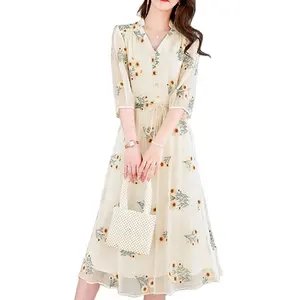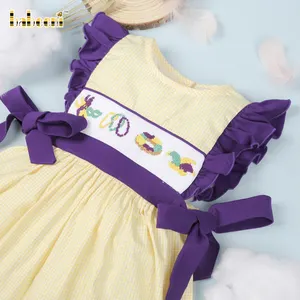In the kaleidoscope of world fashion, the elegance of Moroccan dress is deeply intertwined with ceremonial use, fashion, design, and cultural identity. Renowned for their rich history and vibrant designs, Moroccan outfits, both male and female, are increasingly seen in diverse settings, from global fashion stages to local festivals, showcasing their versatility. Today, Moroccan-style dresses have gained popularity not only in Morocco but globally. The intricate designs and craftsmanship of this Moroccan traditional clothing have found a place in international fashion, symbolizing a blend of tradition and modernity, where people are seeking garments that tell a story and demonstrate cultural identity.
The significance and symbolism of Morrocan dress
The Moroccan dress, emblematic of Morocco's rich cultural heritage, serves as a symbol of identity, diversity, and spirituality. Each garment, from the traditional Moroccan dress to the ornate Moroccan wedding dress, narrates a story through its vibrant colors, patterns, and styles. These elements, deeply rooted in Berber, Arab, and Mediterranean influences, reflect the nation's history as a crossroads of civilizations. The significance of these garments extends to social and religious contexts, where a Morrocan outfit is not just attire but communication of social standing, regional identity, and adherence to cultural norms.
The types and styles of Moroccan dress
The wide variety of Moroccan dresses reflects the rich cultural diversity of Morroco, blending traditional craftsmanship with modern styles. Prominent attire includes the djellaba, a loose-fitting robe suitable for both men and women. The Takchita is often chosen by women for weddings due to its lavish designs and luxurious fabrics. The kaftan, another essential style typically crafted from fine materials like silk and velvet, is renowned for its wide sleeves and elegant draping. Overall, the Moroccan outfit female selection features diverse choices, from the jabador to the gandoura, each reflecting regional influences and suited to various occasions. The combination of tradition and innovation in Moroccan style dress keeps these garments relevant and popular, both within Morocco and on the global fashion stage.
Moroccan dress in ceremonies and celebrations
In the vibrant cultural landscape of Morocco, the role of Moroccan dress transcends mere attire, becoming an essential element in ceremonies and celebrations. Central to such events are the Moroccan dresses for weddings, particularly the Moroccan wedding kaftan, which is known for its beauty, elegance, and connection to family heritage. These garments are not just about style but also carry profound cultural and religious significance, which are showcased during any religious, cultural, and traditional ceremonies. In weddings, the selection of a Moroccan kaftan dress or a detailed takchita reflects not just personal taste but also honors longstanding traditions. During Eid and other festivals, the choice of attire—be it Moroccan men's clothes or women's clothing—symbolizes renewal, joy, and communal spirit.
















































 浙公网安备 33010002000092号
浙公网安备 33010002000092号 浙B2-20120091-4
浙B2-20120091-4